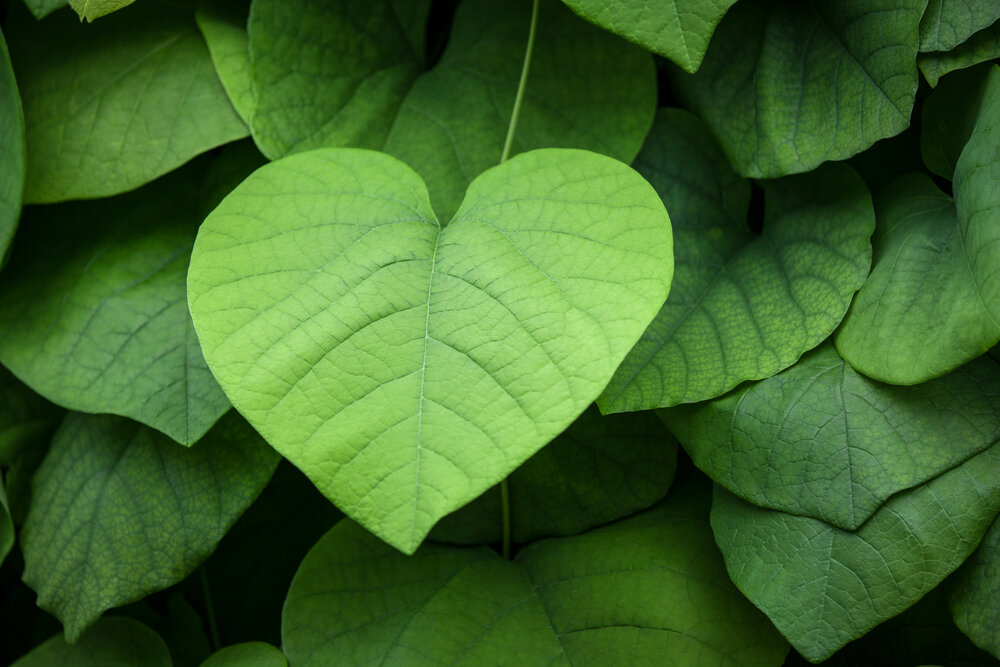The Amazon rainforest is truly one of the most amazing places on earth and is the most biodiverse region on the entire planet. It is no surprise then that it is home to some of the most potent medicines in the world.
Its Big
Amazonia is a massive plot of land, extending from the high Andes mountains of western South America, to the East coast of Brazils atlantic ocean. It goes as far north as the Guiana highlands, and as south as Brazils central plateau.
It is in fact the worlds largest rainforest, covering an area of 6 000 000 square kms and encompasses 9 countries (Encyclopedia Britannica, 2016).
The majority of the forest is contained within Brazil (60%), with Peru and Colombia following at 13% and 10% respectively. The forest represents more than half of our planets remaining rainforests, and produces a significant amount of the worlds oxygen supply.
Its Populated
Amazonia is incredibly diverse, with roughly 2 500 000 species of insects, 40 000 species of plants, 1300 species of birds, 2200 species of fishes, 427 species of animals, 400 species of amphibians, and 378 species of reptiles (Monga Bay, 2016). There are likely still many plants, insects, animals, amphibians, and reptiles that have not yet been discovered or studied by humans.
To put this into perspective, out of the millions of species of life in our world, 1 out of 10 live in the Amazon.
Number of Animal Species Living in The Rainforest
Plant Species Compared to All animal Species Combined
As you illustrated in the graph above, there are a significant amount of medicinal species of plants out of the total amount of known plant species in the Amazon.
Number of Insect Species compared to plant and animal
Its Medicine is Powerful
Out of this incredible amount of diversity, and lush plant life, it is estimated that only 0.5% of flowering species have been investigated and studied for medicinal value. This is surprising since out of the 3000 plants identified by the US National Cancer Institute as being active against cancer, roughly 70% originate from rainforests. Hundreds of pharmaceutical drugs originate from plant sources as well, many of which come exclusively from the Amazon.
Its Getting Chopped Down
With current trends of deforestation for immediate unsustainable gain, it is estimated that we lose about 137 species of plant, reptile, animal, and insect per day, some of which may have had significant unknown medicinal value.
Who is responsible for this forest loss?
Its Medicine is Sustainable
The Amazon can be used as a sustainable source for incredibly potent medicines for our future. As the world continues to shift from a reductionist, pharmaceutical based medical system, and transitions back to using nature as a source of life and medicine as it has always been, we will begin to clearly see how valuable this incredibly biodiverse region can have in its natural, healthy state. As this becomes more known among the general population and in the medical community, less trees will be chopped and burned, to make room for cattle and palm oil plantations. Instead, its medicinal potential can be tapped sustainably and used around the world.
This is Just the Tip of the Iceberg
Follow the sunlight experiment for more posts like this, as we take a stroll through this complex and diverse part of our world. We will highlight many of the medicinal plants contained here, and how to use them as the potent medicines they are. We believe that by spreading knowledge about this vast expanse of priceless rainforest, the region can be protected. There is value to all of us in its medicinal species, and we are going to show you how to see it.
References:
- Amazon Rainforest, Amazon Plants, Amazon River Animals. World Wide Fund for Nature. Archived from the original on May 12, 2008. Retrieved May 6, 2008.
- James S. Albert; Roberto E. Reis (March 8, 2011). Historical Biogeography of Neotropical Freshwater Fishes. University of California Press. p. 308. Archived from the original on June 30, 2011. Retrieved June 28, 2011.
- WWF. (n.d.). Why is the Amazon rainforest important? | WWF. Retrieved from http://wwf.panda.org/what_we_do/where_we_work/amazon/about_the_amazon/why_amazon_important/















